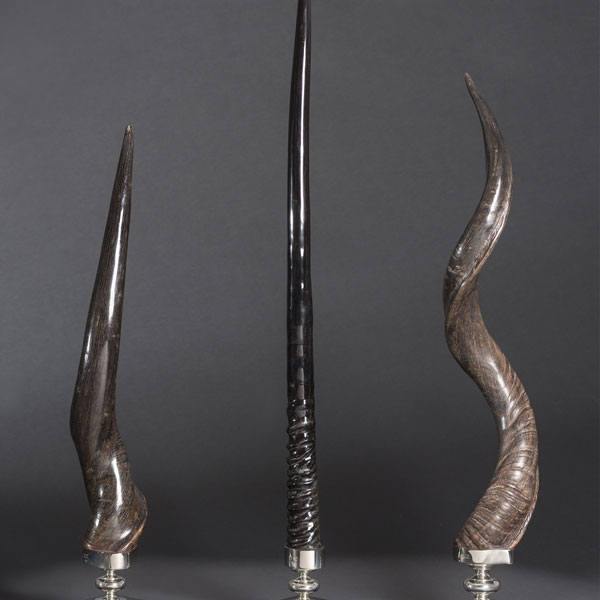A safari is an overland journey, usually a trip by tourists to Africa. In the past, the trip was often a big-game hunt, but today, safari often refers to trips to observe and photograph wildlife—or hiking and sightseeing, as well.
The Swahili word safari means journey, originally from the Arabic سفر (safar) meaning a journey; the verb for “to travel” in Swahili is kusafiri. These words are used for any type of journey, e.g. by bus from Nairobi to Mombasa or by ferry from Dar es Salaam to Unguja. Safari entered the English language at the end of the 1850s thanks to Richard Francis Burton, the famous explorer.
In 1836 William Cornwallis Harris led an expedition purely to observe and record wildlife and landscapes by the expedition’s members. Harris established the safari style of journey, starting with a not too strenuous rising at first light, an energetic day walking, an afternoon rest then concluding with a formal dinner and telling stories in the evening over drinks and tobacco.
Ernest Hemingway wrote several fiction and non-fiction pieces about African safaris. His short stories “The Short Happy Life of Francis Macomber” and “The Snows of Kilimanjaro” are set on African safaris and were written after Hemingway’s own experience on safari. His books Green Hills of Africa and True at First Light are both set on African safaris.
Availability
All products of our catalog are unique, here below you can see some examples of our Safari Products so please contact us, for availability
Kudu
The greater kudu (Tragelaphus strepsiceros) is a woodland antelope found throughout eastern and southern Africa. Despite occupying such widespread territory, they are sparsely populated in most areas, due to a declining habitat, deforestation and poaching.[2] The greater kudu is one of two species commonly known as kudu, the other being the lesser kudu, T. imberbis.
The gemsbok
The gemsbok or gemsbuck (Oryx gazella) is a large antelope in the Oryx genus. It is native to the arid regions of Southern Africa, such as the Kalahari Desert. Some authorities formerly included the East African oryx as a subspecies.
The gemsbok is depicted on the coat of arms of Namibia, where the current population of the species is estimated at 373,000 individuals.
Gemsbok are widely hunted for their spectacular horns that average 85 cm (33 in) in length. From a distance, the only outward difference between males and females is their horns, and many hunters mistake females for males each year. In males horns tend to be thicker with larger bases. Females have slightly longer, thinner horns.
The giant eland
The giant eland (Taurotragus derbianus), also known as the Lord Derby eland, is an open-forest and savanna antelope. A species of the family Bovidae and genus Taurotragus, it was described in 1847 by John Edward Gray. The giant eland is the largest species of antelope, with a body length ranging from 220–290 cm (86.5–114 in). There are two subspecies: T. d. derbianus and T. d. gigas.
Ostrich Egg
The ostrich or common ostrich (Struthio camelus) is either one or two species of large flightless birds native to Africa, the only living member(s) of the genus Struthio, which is in the ratite family. In 2014, the Somali ostrich (Struthio molybdophanes) was recognized as a distinct species.


